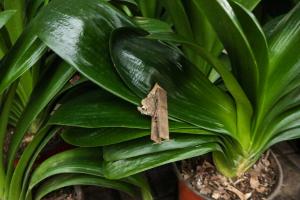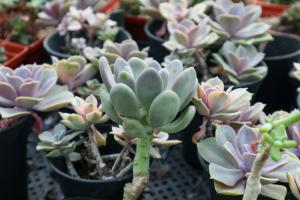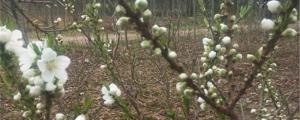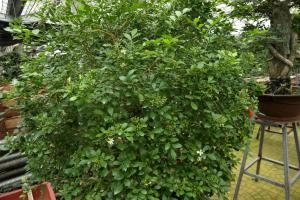Conifer: A Diverse Group of Evergreen Trees with Distinctive Characteristics
Introduction
Conifers are a type of plant that belongs to the Gymnosperm family. They are evergreen, cone-bearing trees or shrubs found all over the world, primarily in the northern hemisphere. Conifers are known for their distinctive features, including needle-like or scale-like foliage, resinous bark, and cone-like structures. In this article, we will explore the diverse group of plants that are conifers and discover what makes them unique.
The Characteristics of Conifers
Conifers are a diverse group of plants that share several common features. They are typically evergreen, meaning that they retain their leaves or needles throughout the year. Their leaves or needles can range from short, stiff needles to small, flat scales. Conifers often have a pyramidal or columnar shape, with some species growing to reach heights of up to 300 feet.
One of the most distinctive characteristics of conifers is the presence of cones. Conifers produce male and female cones, which can be either small and inconspicuous or large and showy. Female cones contain ovules that are fertilized by male cones, resulting in seeds that can grow into new conifers.
Unlike most trees, conifers have resinous bark that is highly durable and resistant to decay. This makes them an ideal building material for construction and furniture making.
The Different Types of Conifers
There are over 600 species of conifers in the world, each with their own unique characteristics. Here are some examples of different types of conifers:
- Pine Trees: Pine trees are some of the most iconic and well-known conifers. They typically have long, slender needles and produce large, woody cones that can grow up to 12 inches in length.
- Spruce Trees: Spruce trees are known for their bright green needles and tall, conical shape. They produce small, cylindrical cones that hang downwards from the branches.
- Fir Trees: Fir trees are distinguished by their flat, needle-like leaves that are soft to the touch. Their cones grow upright on the branches, and the tree has a symmetrical, cone-shaped crown.
- Hemlock Trees: Hemlock trees have short, flat needles with small, woody cones. They can grow in a variety of environments, from high mountain ranges to lowland forests.
- Juniper Trees: Junipers are a type of coniferous shrub that is commonly used in landscaping. They have blue-green, needle-like leaves that give off a distinct scent when crushed.
The Importance of Conifers in Ecosystems
Conifers play an important role in many ecosystems around the world. They provide habitat and food for a wide range of wildlife, including birds, squirrels, and deer. Conifers also help to regulate the water cycle by absorbing and redistributing water throughout the year.
In addition, conifers are an important source of timber, with many species used for construction and furniture making. Some species, such as the California redwood and the giant sequoia, are highly valued for their size and beauty, and are protected by law.
Conclusion
In conclusion, conifers are a diverse group of trees and shrubs that have a unique set of characteristics that set them apart from other plants. They are an important part of many ecosystems around the world, providing habitat and food for wildlife, regulating the water cycle, and providing valuable resources for human use.

 how many times do yo...
how many times do yo... how many planted tre...
how many planted tre... how many pine trees ...
how many pine trees ... how many pecan trees...
how many pecan trees... how many plants comp...
how many plants comp... how many plants can ...
how many plants can ... how many plants and ...
how many plants and ... how many pepper plan...
how many pepper plan...
































